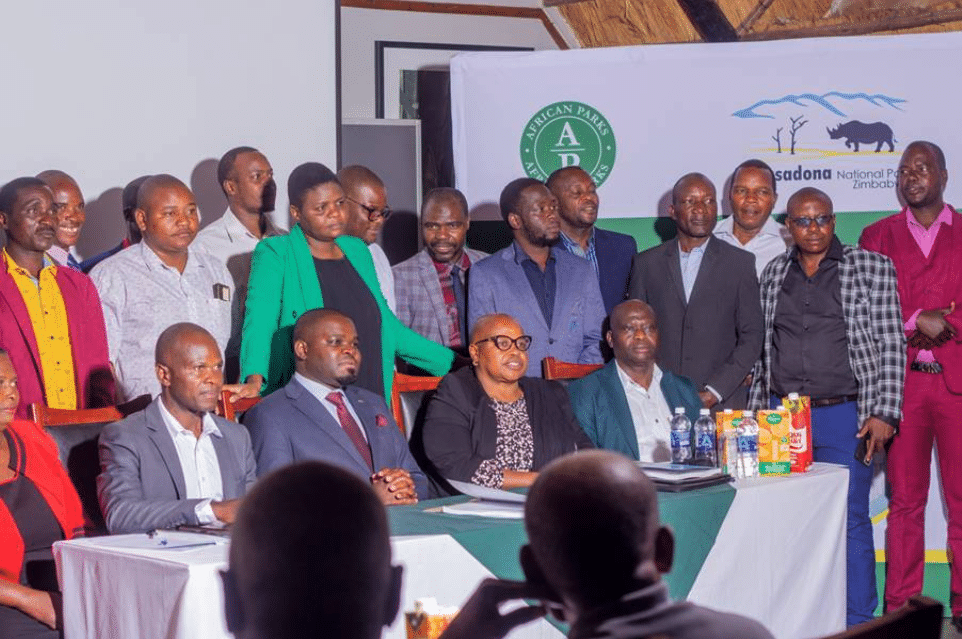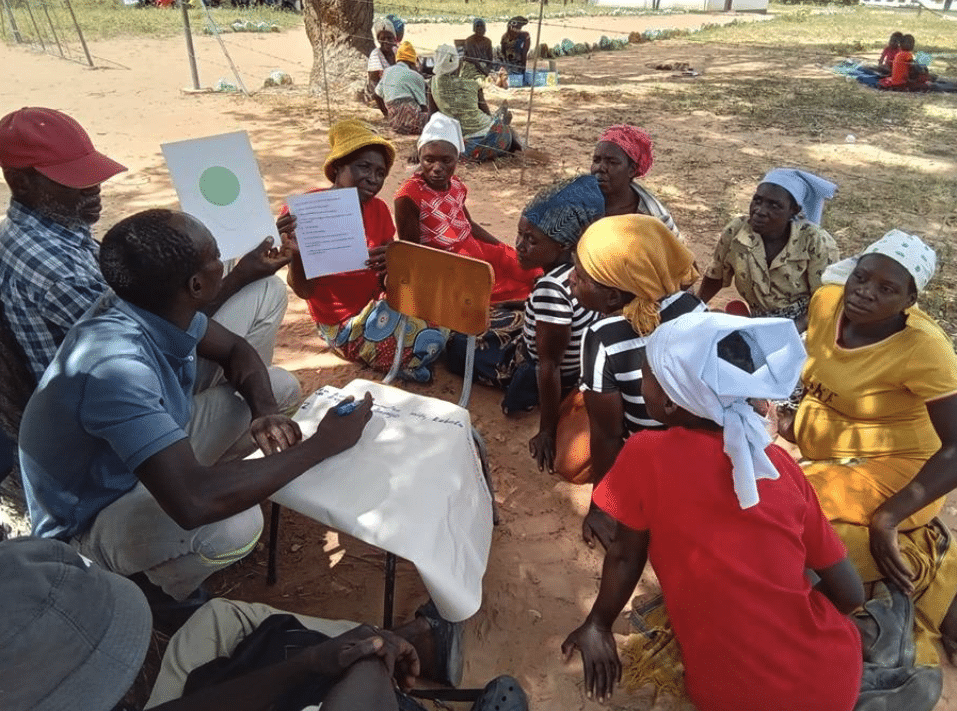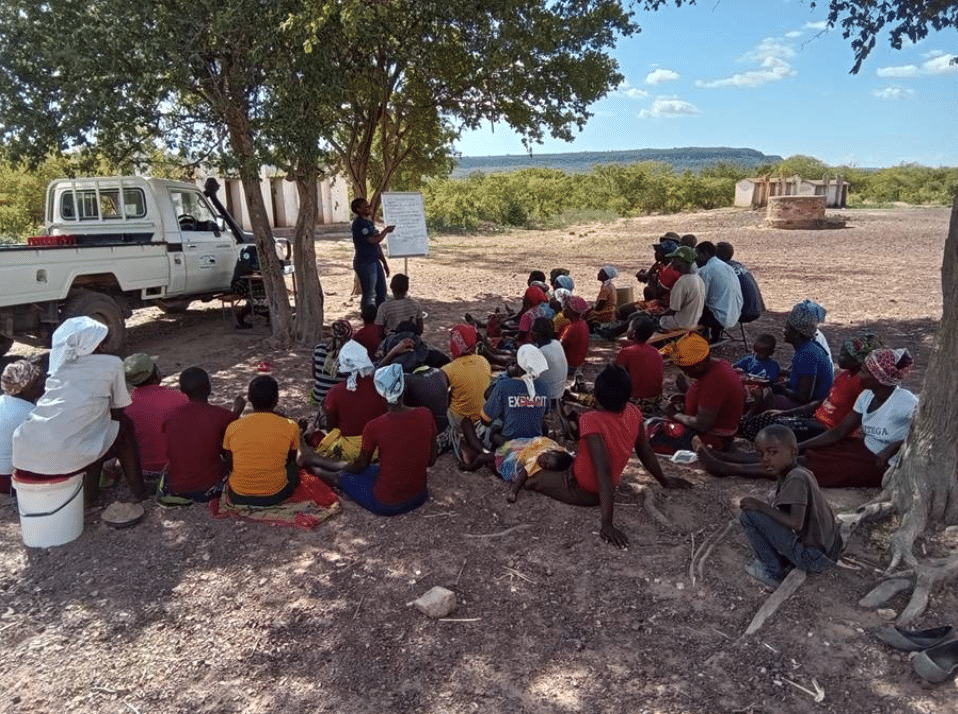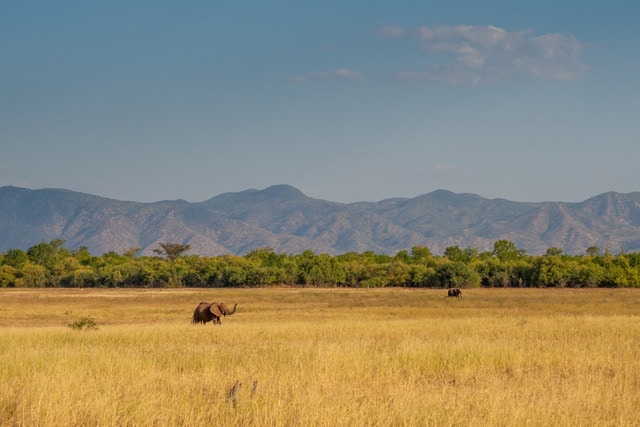The Nyaminyami Rural District in Zimbabwe has reached a landmark achievement: the official ratification of the Nyaminyami Land Use Plan (2025–2035). This groundbreaking document is more than a map, it is a vision for how people, elephants, and ecosystems can coexist in a rapidly changing landscape.
Why Land Use Plans Matter
As populations grow and development expands, competition for space has intensified. In many areas of Africa, farmland, settlements, and infrastructure now overlap with elephant habitats. This often leads to conflict, crops destroyed, property damaged, and, at times, lives lost on both sides. In turn, elephants face retaliation, threatening the survival of already vulnerable populations.
That is why African Parks, with funding and support from the Elephant Crisis Fund (ECF), supported a partner Rural District Council to design a district wide Land Use Plan (LUP).
A land use plan provides a way forward for both conservation and development. By guiding where farming, settlements, grazing, and infrastructure should occur, and by protecting natural ecosystems and wildlife corridors. Such plans help reduce wildlife conflict, strengthen community resilience, and safeguard biodiversity for future generations. They are the foundation for sustainable development, preventing land use clashes, ensuring communities have secure access to resources, and creating safe space for wildlife, and particularly elephants, to survive.
Two Years of Collaboration
The Nyaminyami Land Use Plan is the result of two years of intensive community consultation, scientific mapping, and collaborative planning. It has produced a living blueprint that formally recognizes:
- Sustainable development zones that ensure equitable growth
- Wildlife corridors that give elephants and other animals safe passage, and
- Community conservancies that secure livelihoods while protecting biodiversity
This achievement was celebrated when the Honourable Deputy Minister of Local Government signed the plan on the 28th July 2025, joined by the Honourable Minister of State for Provincial Affairs for Mashonaland West, traditional leaders, ZimParks, community representatives, and conservation partners.
A Blueprint for Coexistence
As people and elephants increasingly share space in Nyaminyami, the Land Use Plan offers a clear framework for both the county and its people to reduce uncertainty, bring stakeholders together, and transform a landscape of conflict into one of collaborative opportunity. For farmers, it provides confidence that their fields are secure; for elephants, it safeguards the space they need to move freely through their range.
Reflecting on its importance at the local level, Faustino Mawadze, Council Chairperson and Councillor for Ward 9 in the Nyaminyami Rural District Council, explained:
“Land use planning is very important to us as residents of the Nyaminaymi Rural District. Currently many people are relocating to unplanned and illegal areas, which puts them at risk. These areas are often close to wildlife habitats, leading to increased human wildlife conflicts as animals roam in search of food. Proper land use planning can help prevent such conflicts by ensuring settlements are established in safe, designated zones. Moreover, it plays a vital role in conserving our natural resources such as forests. For example, when people settle in unregulated areas, they often cut down trees, which leads to deforestation among other environmental problems. We are truly grateful for the Land Use Planning Program, and we hope it’ll be fully implemented to help address these challenges in our community.”
From a broader perspective, the Elephant Crisis Fund (ECF), which supported the plan from inception to ratification, emphasized:
“This new, detailed Land Use Plan for Nyaminyami Rural District is an excellent example of what can be achieved through genuine public-private collaboration with participating rural communities that need support to live more successfully with wild animals, particularly elephants. With commitment to the plan from all sectors in the region, this also inspires donors to invest in both community development and wildlife conservation as all parties are now aligned on where each investment should be located. We are delighted to have supported the development process and look forward to seeing the impact of this collaboration that will undoubtedly foster more support for future generations of both people and elephants in the region.”
Shared Success
This milestone reflects the power of partnership. The Nyaminyami Rural District Council led the process, engaging the Matusadona Conservation Trust as a partner to support the development of this vital planning tool. Special recognition goes to Professor Nyikahadzoi and his team at the University of Zimbabwe for their careful study and technical input. Most importantly, we salute the 1,696 people — including traditional leaders, councilors, government agencies, NGOs, private operators, and community members — who shaped this plan from the ground up.
Looking Ahead
The Nyaminyami Land Use Plan is a grassroots-driven vision for sustainable coexistence. By balancing development with conservation, it ensures that people can prosper while elephants and other wildlife continue to have the space they need to survive.
This historic milestone proves that with collaboration, commitment, and planning, communities and wildlife do not need to compete for space — they can thrive together.
And now, the real work begins.



